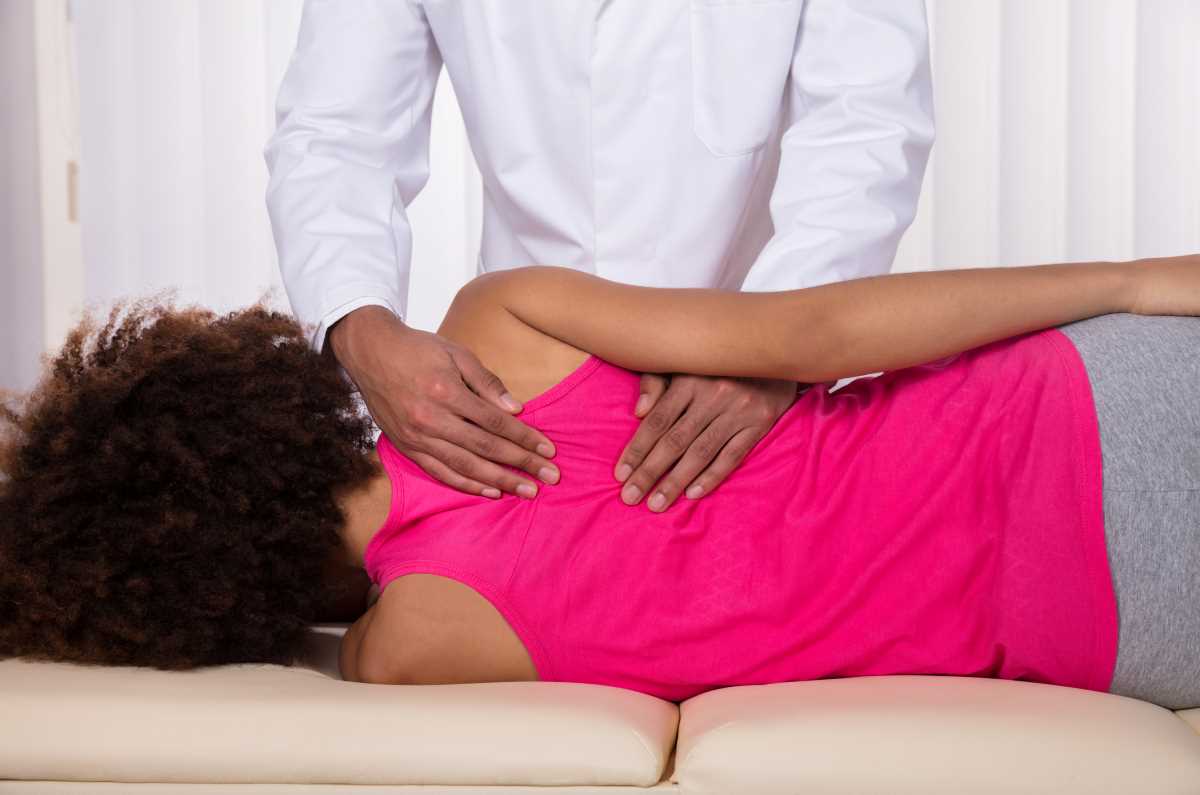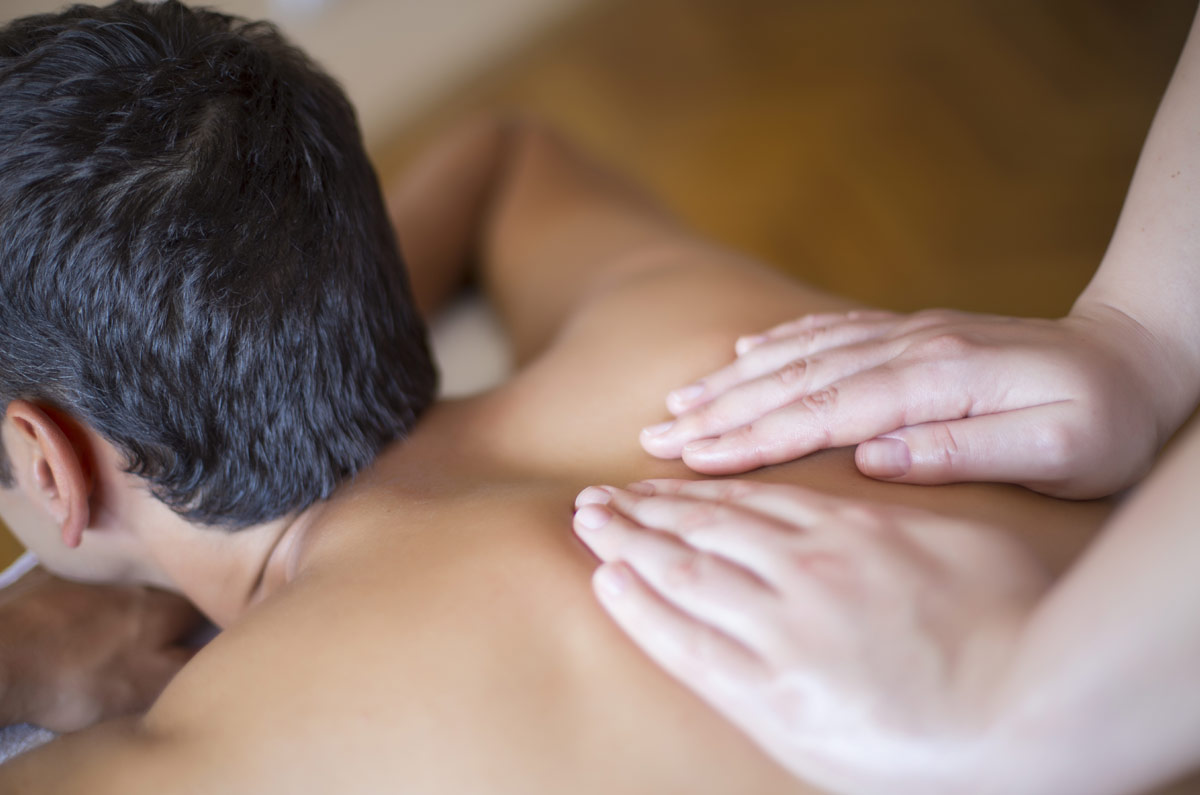This is the first of a series of blogs that will explore the different groups of health professionals and therapists who’ll help you live well with a musculoskeletal condition. For ease of reading, we’ll be referring to them all as practitioners.
Managing a chronic musculoskeletal condition – or multiple conditions – can be complicated. To help you get the best health outcomes and maintain (or improve) your quality of life, you’ll probably see a variety of different health professionals and therapists.
Who you see and how often will depend on your condition/s, symptoms and how they affect your life.
Physical or manual therapies
These therapies provide a hands-on approach to help relieve your pain and stiffness and improve your mobility, movement and joint function.
They’re often referred to as physical, manual, manipulative or hands-on therapies. The most common are:
- Chiropractic – this involves manipulation and manual adjustment of your spine. It’s based on the premise that if your body, especially the spine, is out of alignment, it can affect the health and function of other parts of your body.
- Massage – involves rubbing and manipulating the soft tissues of your body, especially your muscles. Massage can improve blood circulation, ease muscle tension and help you feel more relaxed. There are a variety of different types of massage available.
- Myotherapy – involves assessing, treating, and managing the pain associated with soft tissue injury and restricted joint movement caused by problems with your muscles and the tissue surrounding your muscles (the fascia).
- Occupational therapy – helps you learn better ways to do everyday activities such as bathing, dressing, cooking, working, eating or driving. An occupational therapist can also provide information on aids and equipment to make everyday jobs easier.
- Osteopathy – is based on the premise that your body’s wellbeing depends on your bones, muscles and other soft tissues functioning smoothly together and correctly aligned. It uses physical manipulation, massage and stretching.
- Physiotherapy – uses physical means (e.g., exercise, massage, heat and cold) as well as education and advice to help keep you moving and functioning as well as possible. Physiotherapists can also show you pain relief techniques and design an individual exercise program for you.
- Reflexology – involves pressure applied to specific points of your feet or hands. These points are believed to match up with other parts of your body.
All of these therapies will provide additional support apart from the hands-on treatment. This may include specific exercises for you to do at home, relaxation techniques and pain management strategies. Some practitioners (e.g., chiropractors, physiotherapists and myotherapists) may also use medical devices such as ultrasound, transcutaneous electrical nerve stimulation (TENS) or dry needling alongside their hands-on treatment.
Talk with your GP and/or specialist
Before seeing any new practitioner, it’s best to discuss the treatment with your GP and/or specialist (e.g. rheumatologist). They may have some cautions about a treatment as it relates to your specific health condition/s. For example, they may recommend that you not get a treatment if you’re going through a flare or have active inflammation. Or, if you have fused joints or osteoporosis, they will likely advise against treatments that manipulate or adjust your joints or spine.
On the flip side, they may also provide you with recommendations of practitioners they’ve worked with or who have a particular interest in your condition.
Do your research
When making enquiries about a potential practitioner, ask lots of questions. For example:
- How does the treatment work?
- What are the possible side effects or risks?
- Have you treated other people with my condition or health issues?
- Do you need to see any of my recent medical tests (e.g., x-rays)?
- How long does it take for this treatment to work?
- How will I know if it’s working?
- What can I expect during a treatment session?
- How often will I need to see you?
- How much does it cost?
- Can I claim this treatment on my private health insurance?
- What are your qualifications?
- Do you receive regular training and updates?
- Are you a member of the professional association for this treatment/practice?
You can also contact the professional association and check their list of members to ensure the practitioner is registered. Or visit the Australian Health Practitioner Regulation Agency website and search for the practitioner.
What to expect at your first appointment
Regardless of the type of practitioner, you can expect to have a detailed discussion about your musculoskeletal condition and medical history, symptoms and what you hope to get out of the treatment.
Be wary of any practitioner that doesn’t give you this time and attention to understand your situation and your needs. There’s no ‘one-size-fits-all’ when it comes to healthcare.
Keep track of your progress
It can be helpful to keep a daily diary tracking your symptoms so you can see if the therapy is working for you. Write down any changes in your pain levels, fatigue and other symptoms for a period (e.g., a month). Also include any changes to your medications, exercise routine, the amount of sleep you’re getting and anything else that could affect your symptoms. After a month of tracking, you’ll have a clearer picture of whether or not the therapy is working.
And keep your GP and/or specialist informed about how you’re going with the physical therapy.
Be careful
All treatments – from hands-on physical therapies to medications and vaccines – have benefits and risks. You need to weigh these up to make an informed decision as to whether or not the benefits outweigh the risks for you.
And if you have conditions such as osteoporosis or inflammatory arthritis, you should avoid manipulative treatments such as chiropractic and osteopathy.
Contact our free national Help Line
If you have questions about managing your pain, your musculoskeletal condition, treatment options, mental health issues, COVID-19, telehealth, or accessing services be sure to call our nurses. They’re available weekdays between 9am-5pm on 1800 263 265; email (helpline@msk.org.au) or via Messenger.
More to explore
- Better Health Channel
- Drugs and complementary therapies (PDF)
Arthritis Ireland - Manipulative therapies
Versus Arthritis - National Center for Complementary and Integrative Health (USA)










